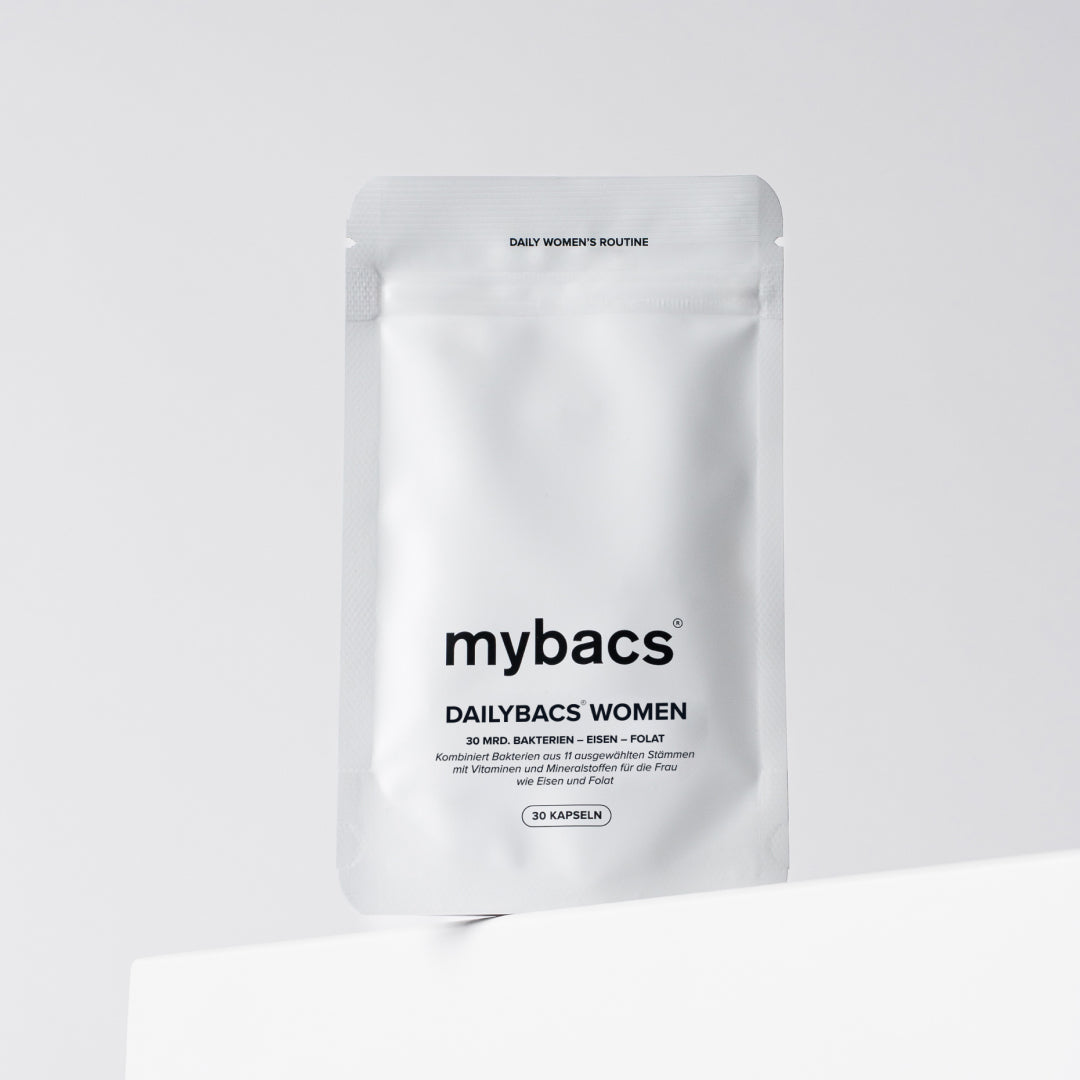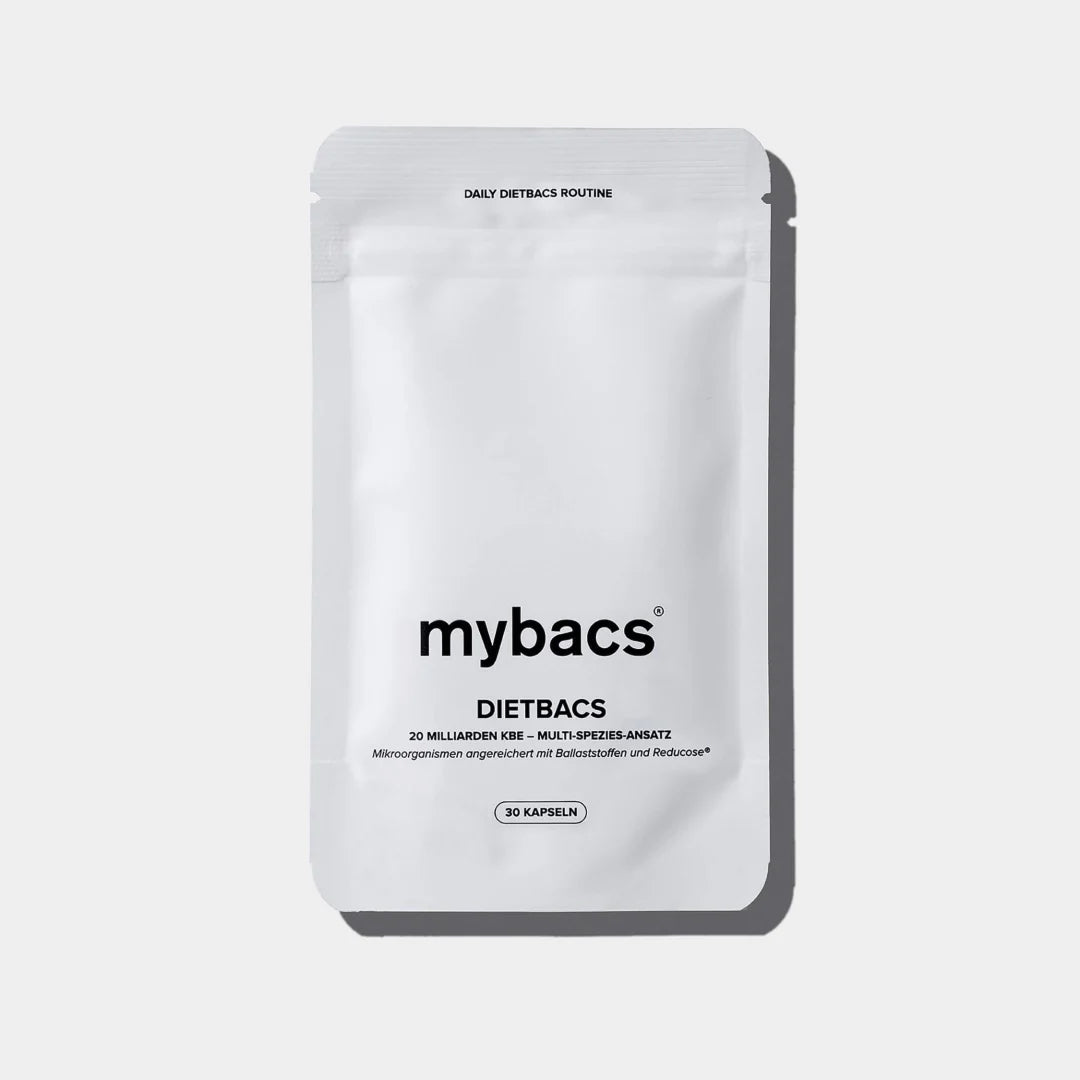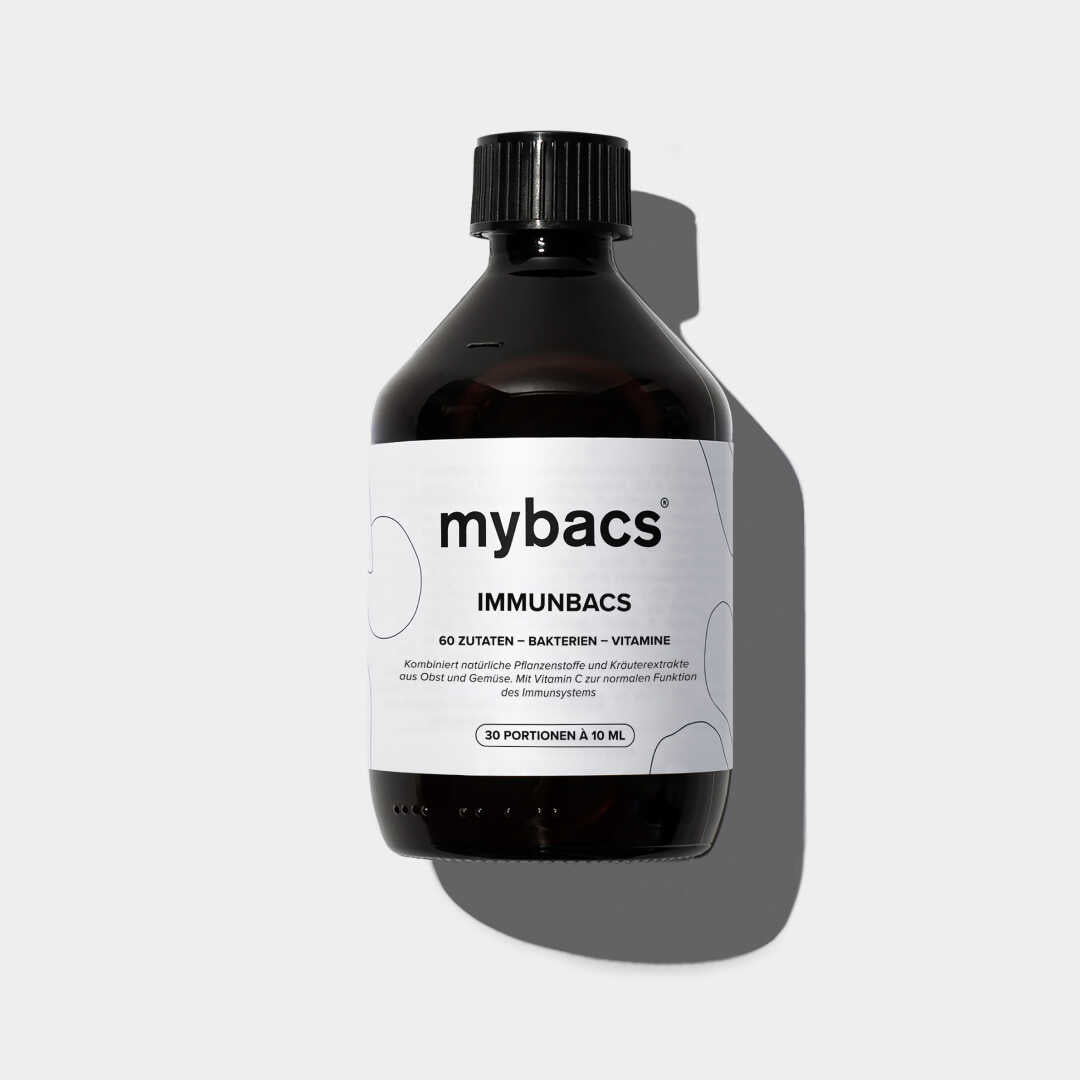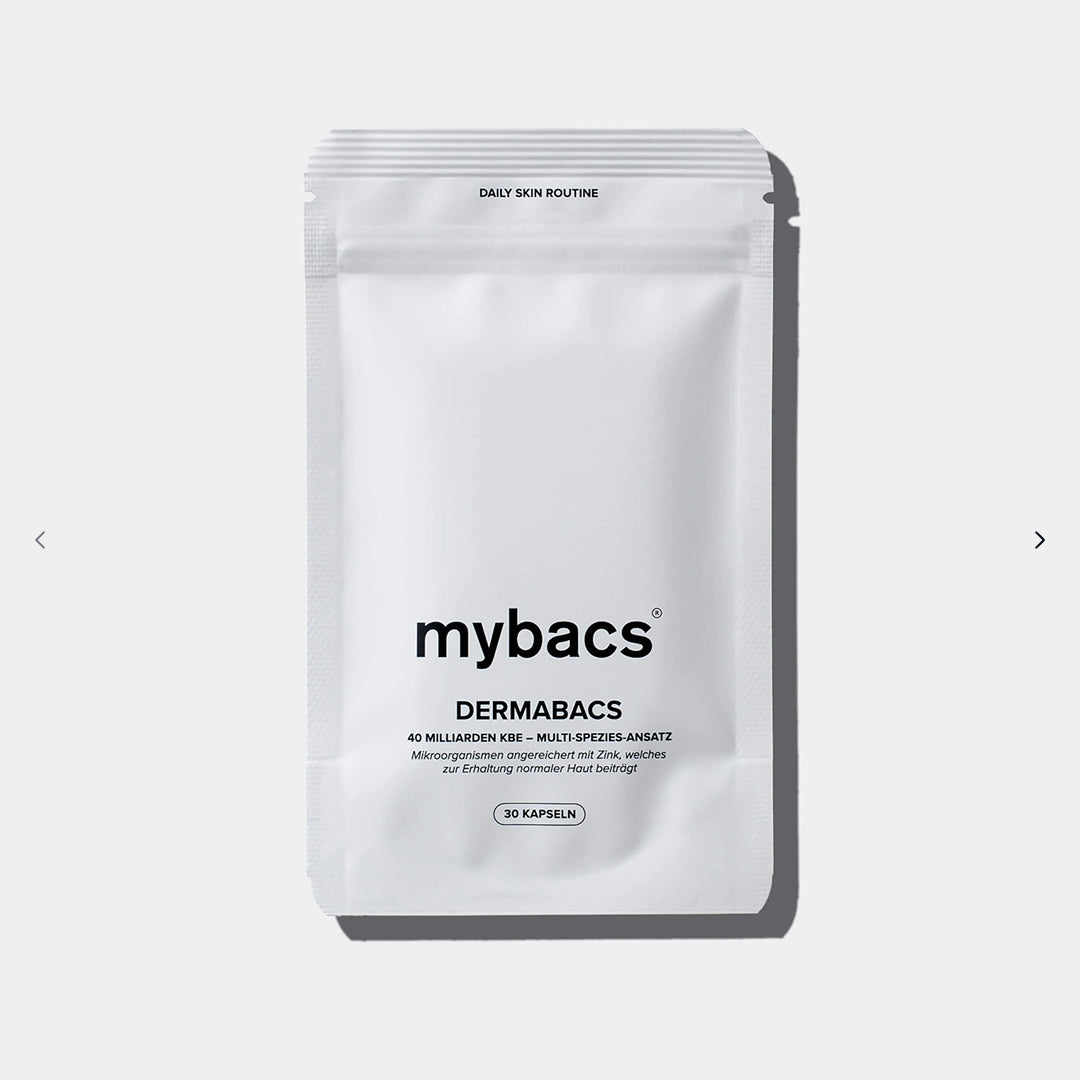Few people want to talk about it, but millions of people in Germany alone are affected by what is known as irritable bowel syndrome , or IBS for short. This manifests itself in a variety of symptoms, some of which severely restrict everyday life. Two Australian scientists thought that this shouldn't be the case. Peter Gibson and Susan Shepherd therefore developed a nutritional strategy that is intended to reduce these symptoms. It is called the low-FODMAP diet. In the following text you will find out everything you need to know about it!
First of all: What are FODMAPs?
It should be said in advance: This is a diet specifically for those who have been diagnosed with irritable bowel syndrome. This type of diet is not intended to help you lose weight and is only carried out temporarily.The word is formed from the first letters of the English translation of “ F ermentable O ligosaccharides, D isaccharides, M onosaccharides and P olyols”, so it is an acronym. If you are now thinking: So many foreign technical terms in one word! What does that mean? - Don't worry, we will first explain what they each mean:
-
fermentation
A process that is mainly used for fresh vegetables. These are placed in a brine and then stored in an airtight container. During storage, the bacteria on the surface of the vegetables multiply and convert the sugar and starch in the fruit into lactic acid. This process lowers the pH value, creating an acidic environment. Putrefying bacteria have no chance of surviving here. A positive effect of fermentation is the formation of vitamin B12, which is otherwise only found in animal foods. On the other hand, a lot of histamine is also formed, a substance that can cause an allergic reaction in some people in high doses.
-
monosaccharides
They are also called “simple sugars” and are a group of organic chemical compounds. Monosaccharides are the products of the oxidation of polyhydric alcohols. The monosaccharide is the building block of all carbohydrates and can combine to form multi-chain sugars such as disaccharides, oligosaccharides or polysaccharides. Fructose is the main representative of the monosaccharides and is counted among the FODMAPS.
-
oligosaccharides (Greek oligos = little)
= Carbohydrates that are made up of several (3 - 10) identical or different monosaccharides and are linked together by glycosidic bonds. These “multiple sugars” include galacto-oligosaccharides (GOS), fructans, inulin and fructo-oligosaccharides (FOS) that are FODMAPs.
-
disaccharides
= Carbohydrate molecule that is formed from two monosaccharides. Milk sugar, i.e. lactose, is a disaccharide and belongs to the FODMAPs.
-
polyols
What we mean here are sweet-tasting, alcoholic compounds that are also known as sugar substitutes . Good to know: The following sugar alcohols are permitted in the EU: erythritol, isomalt, mannitol, maltitol, lactitol, sorbitol and xylitol. All of these polyols are also FODMAPs.
Why are FODMAPs so poorly tolerated by some people?
Now that we know what the term FODMAP means, the question remains as to what all these different products have in common that makes them so difficult for certain people to digest. FODMAPs are structured in such a way that the small intestine can hardly or not at all utilize them . For this reason, they migrate further into the large intestine. The intestinal bacteria there break them down relatively quickly into short-chain fatty acids such as acetate, butyrate and propionate. This fermentation then produces gases such as hydrogen, methane or carbon dioxide, which bloat the intestine and can cause stomach pain, flatulence, cramps or colic. FODMAPs also have the property of having an osmotic effect. This means that they bind a lot of water and draw it into the intestinal lumen - a condition that can make the symptoms even worse. Soft stools and diarrhea are "classic" signs of a FODMAP reaction in the intestine.What are FODMAPs?
FODMAPs include a whole range of foods, so it's worth looking into them in detail. If you want to avoid them, it's best to write down a comprehensive list of do's and don'ts. We've listed some of them here, but please feel free to check with your specialist advisor, for example, as the list is not complete. The special carbohydrate compounds include:- Fructose , which is found in fruits such as apples, pears, mango, plums, apricots, cherries and watermelon , as well as in honey and corn syrup; the riper the fruit, the higher its FODMAP content.
- Lactose : found in milk and all dairy products.
- Galactans in beans and various types of cabbage.
- Fructans in wheat, rye, barley and onions. Fructans from wheat products in particular make up a large part of regular FODMAP consumption. These include baked goods, couscous and pasta, for example. Bread in particular causes problems for many people with IBS, as wheat is often even less well tolerated than products made from spelt, einkorn or emmer.
- Other products rich in FODMAPs are sugar substitutes such as sorbitol, mannitol or xylitol. Nuts such as almonds, cashews and pistachios also contain FODMAPs.
How does the low-FODMAP diet work?
In the first phase, IBS patients initially avoid all FODMAPs. The whole thing can be seen as a restart for the intestinal flora. The intestine can first recover from all the stress that these products have caused in it. This relatively strict phase should not last more than four to six weeks (sometimes up to eight weeks), because although a break can be seen as something positive, it must also be noted that it deprives the microbiome of important nutrients. It is analyzed to what extent the symptoms have improved. If this is the case, in the second phase, individual products are gradually added back into the person's diet. Great attention is paid to the tolerance to the individual products. As a patient, it is worth keeping a food and symptom diary in order to keep track of the foods already tested and their effects. In the long term, the third phase aims to achieve a diet that is as balanced as possible and low in FODMAPs, in which the symptoms of IBS are minimal or non-existent and the right amount of nutrients is still consumed. What this diet actually looks like is, of course, always individual.Does the low-FODMAPS diet work?
About ten years ago, the clinically tested low-FODMAP diet was developed by Australian researchers Susan Shepherd and Peter Gibson, as mentioned above. In 2010, the two conducted a clinical study with IBS patients who tested this diet. The scientists found that consistent adherence to the diet could significantly reduce IBS symptoms. Later large-scale clinical studies were also able to confirm this. The diet is now recognized worldwide and is widely prescribed as a treatment approach for irritable bowel syndrome.Should I also try a low-FODMAPS diet?
It is important to know that a low-FODMAP diet is not necessary for people with healthy intestinal flora. FODMAPs are not bad in themselves, quite the opposite: many FODMAPs have strong positive health effects on digestion and the intestines. A FODMAP diet primarily affects people who suffer from irritable bowel syndrome, as well as all those who have fructose or lactose intolerance, wheat intolerance or suffer from celiac disease. So if you have already been diagnosed with IBS, then it is definitely worth trying this nutritional strategy. You should be aware that this diet requires a certain amount of extra time and also means temporarily completely avoiding some foods that may be an integral part of your diet.Everything important summarized again:
- FODMAPs are various carbohydrate groups that can cause severe symptoms for people suffering from irritable bowel syndrome.
- They are not or hardly usable by the small intestine of those affected. When they decompose in the large intestine, gases and fluids are produced, which can lead to all kinds of IBS symptoms.
- A low-FODMAP diet should be discussed in advance with an experienced professional who will ideally also accompany the process.
- A no-FODMAP diet is not a permanent change in diet that you live by, but should only be a short phase (approx. 4-8 weeks) in the process.
- The goal of the low-FODMAP diet is a low-FODMAP diet that is nevertheless balanced and causes as little discomfort as possible for the affected person.
Sources





